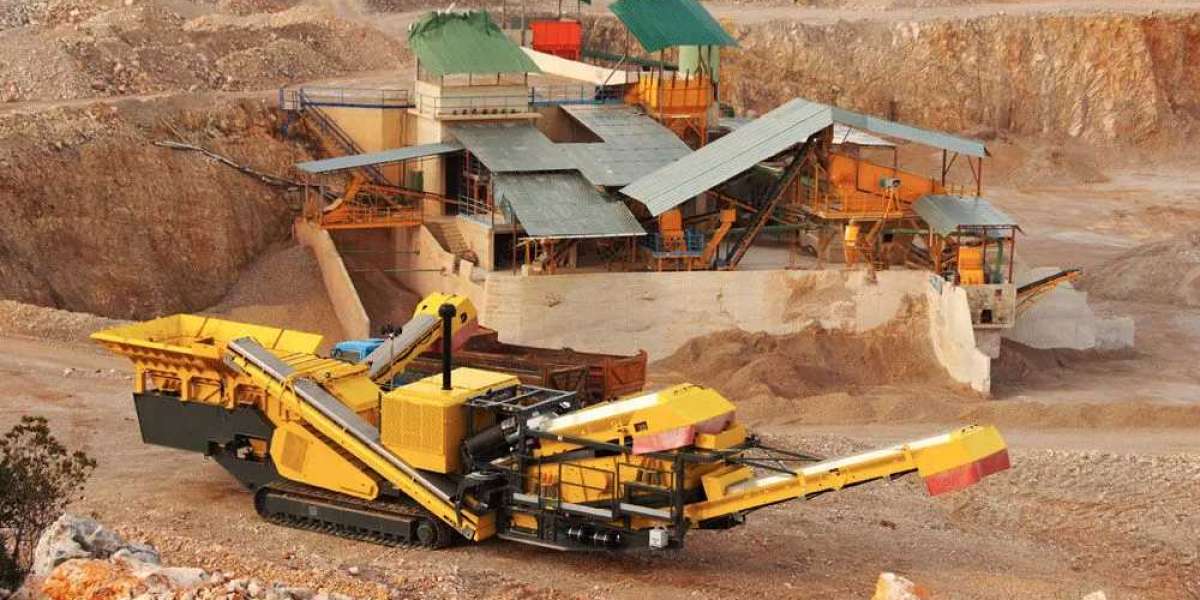Advancing Towards Automated and Data-Driven Operations
The mining industry has traditionally relied on labor-intensive processes that can be unsafe and inefficient. However, new technologies are allowing miners to automate dangerous tasks, gain real-time operational insights, and optimize extraction methods. These so-called "smart mining" solutions leverage sensors, robotics, AI, and advanced analytics to transform mining operations.
Automating Dangerous Processes Through Robotics and Drones
One of the top priorities for mine operators is improving worker safety by reducing the need for humans to perform hazardous jobs. Technologies like autonomous drills, haul trucks, and other heavy machinery now take over dangerous activities like digging and materials handling. Drones and robotic vehicles also inspect infrastructure like pits, conveyor belts, and equipment without endangering pilots.
These robotic systems use advanced computer vision, navigation tools, and remote operation capabilities. For example, autonomous drills can carefully excavate rock and ore with precision far exceeding human ability. Robotic load-haul-dump vehicles autonomously transport payloads between digging and dumping areas without risking worker lives. The mining industry has already begun large-scale pilot programs and commercial deployments of these autonomous systems.
Leveraging Sensors for Real-Time Operational Visibility
Smart Mining companies also outfit their sites with networks of sensors to gain unprecedented visibility into operations. Sensors embedded in equipment, pits, conveyors, and other infrastructure continuously monitor key metrics like productivity, equipment usage, material flows, and environmental conditions.
Analytics platforms integrated with these industrial internet of things (IIoT) networks provide real-time operational dashboards and alerts. Mine managers now have a "digital twin" representing the entire physical site. They receive notifications if excavators dwell too long, conveyor speeds drop, or other issues occur. Remote experts can even diagnose and fix equipment problems using sensor data before sending technicians on-site.
Sensor networks also power predictive maintenance programs. Analytics algorithms identify subtle performance changes indicating future breakdowns or inefficiencies. Scheduled servicing then proactively addresses issues before failures occur. This predictive approach significantly reduces downtime compared to conventional reactive maintenance methods.
Leveraging AI to Optimize Resource Extraction
Another major benefit of digital transformation is the ability to optimize mining processes using AI and machine learning algorithms. Extracting the maximum value from ore bodies requires sophisticated planning to target the richest seams cost-effectively. However, geological variations and other uncertainties make manual planning suboptimal.
AI systems leverage vast datasets containing years of operational details, rock assays, seismic surveys, and other insights. Advanced algorithms autonomously generate multi-year extraction plans defining the optimal sequence, targets, and techniques for maximizing net present value. Planners can experiment with scenarios accounting for commodity prices, extraction rates, equipment fleets, and other business factors.
Once executed, AI systems also guide mining in real-time. Systems like autonomous drill guidance direct machines far more accurately than human operators based on the latest blast hole data. Advanced applications even autonomously modify plans in response to surprises underground. Continuously improving digital twins and AI models optimize performance over the lifetime of the mine.
Overcoming Barriers to Adoption Through Partnerships
While new mining technologies offer clear benefits, adopting them presents challenges related to cost, integration complexity, skills gaps and culture change. Meeting these obstacles requires partnership between miners, technology firms, educational institutions and government organizations.
Vendors must deliver tried-and-tested off-the shelf solutions requiring minimal customization. Education programs retrain existing workers, while attracting new digital talent. Governments fund research, subsidize pilot projects, and update regulations to accelerate innovation. Miners establish innovation hubs and share learnings.
Through cooperative efforts, even the most conservative extractive industries are embracing smart solutions. Early adopters gain first-mover advantages in productivity, sustainability and workforce wellbeing that pave the way for wider transformation. As technologies mature and proven business cases accumulate, digital mining looks set to fundamentally reshape operations worldwide.
Explore Our More Blogs on Smart Mining








